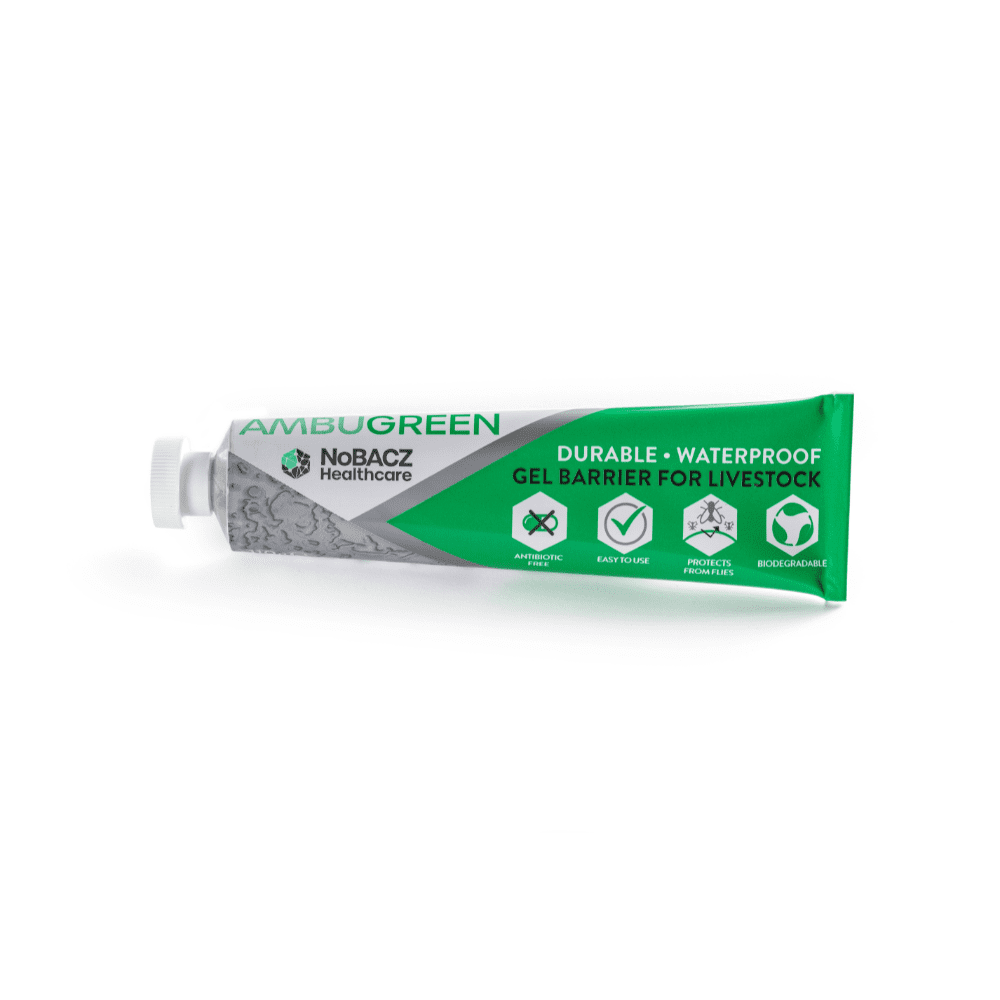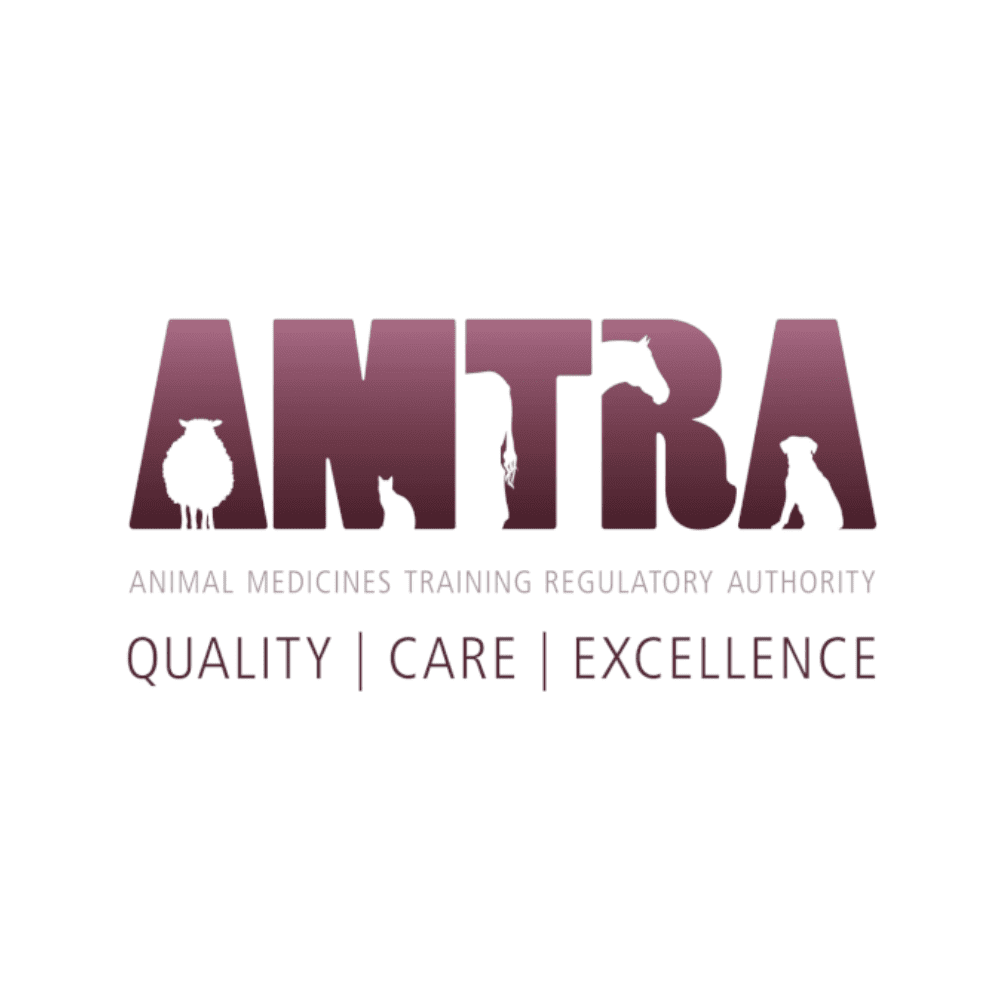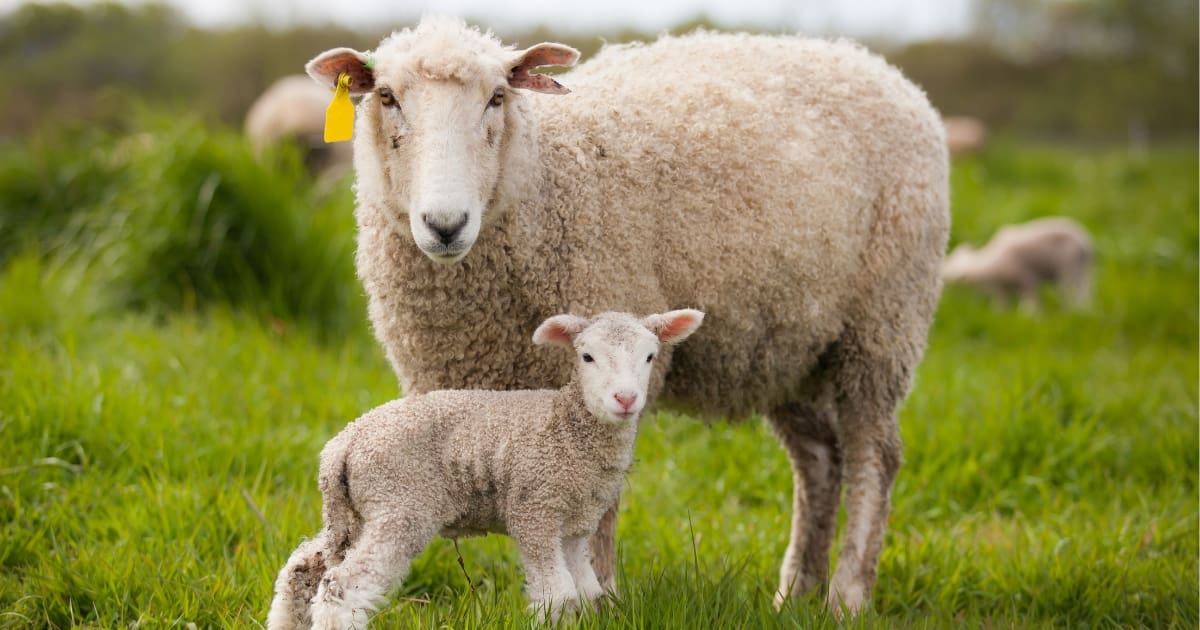

A Practical Guide to Managing Orf in Sheep
Orf, or contagious ovine pustular dermatitis, is one of the most common viral skin diseases affecting sheep and goats. Though it often clears without medical intervention, it can spread rapidly through a flock and have lasting effects on animal welfare and productivity. In this blog, we’ll explain how orf spreads, what symptoms to watch for, and practical steps for prevention and care.
What is Orf?
Orf is a highly contagious viral infection caused by a parapoxvirus. It’s most commonly seen in young lambs and presents as scabby, crusted lesions, particularly around the lips, muzzle, and sometimes the teats of ewes suckling infected lambs.
Once the virus enters through small cuts or abrasions—often caused by rough forage or environmental hazards—it can move quickly through a susceptible flock. While it usually resolves within a few weeks, it can cause feeding difficulties, weight loss, and increase the risk of secondary bacterial infections.
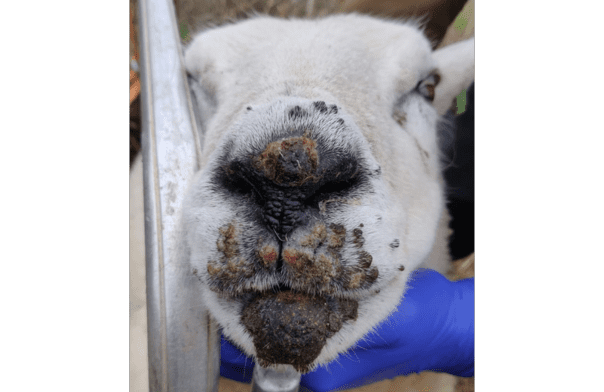
How Does Orf Spread?
Orf is transmitted by direct contact with infected animals or contaminated surfaces. Scabs shed by infected lambs contain virus particles that remain viable in the environment for months. Once a flock is exposed, the disease can become endemic without careful hygiene and biosecurity measures.
Key risk factors include:
-
Rough pasture (e.g. thistles, nettles)
-
Intensive handling (e.g. marking, tagging)
-
Shared equipment without adequate disinfection
-
Poor separation of vaccinated or infected animals
Symptoms to Look Out For
-
Crusty or scabby lesions around the lips, muzzle, or nostrils
-
Difficulty suckling or feeding
-
Sores on the udder or teats of ewes (in nursing cases)
-
Lesions on the feet or lower legs (in more severe or atypical cases)
Though most lambs recover naturally, severe cases can lead to:
-
Reduced growth rates
-
Mastitis in ewes
-
Secondary infections
-
Zoonotic infection in humans (e.g. painful lesions on hands)
Can you Prevent Orf?
Preventing orf requires a combination of biosecurity, hygiene, and correctly administered vaccinations. Here are key strategies:
-
Vaccination with live virus can reduce the severity and spread of outbreaks, but only when done correctly. Misapplication or failure to isolate vaccinated animals can spread the virus unnecessarily.
-
Environmental hygiene is vital. Disinfect handling equipment, clean bedding areas, and monitor for recurring contamination.
-
Minimising trauma to skin (e.g. rough pasture) helps reduce entry points for the virus.
-
PPE for handlers (such as gloves) to reduce zoonotic transmission risk.
Managing Lesions and Supporting Recovery
While antibiotics are not appropriate for treating orf itself, managing the lesions is key to animal welfare and preventing complications. This includes:
-
Keeping the site clean and dry
-
Supporting barrier formation to reduce external contamination
-
Monitoring closely for signs of secondary bacterial infection
Ambugreen crates a physical shield over the lesion, helping to protect the site from dirt, moisture, and bacteria. It supports the natural healing process and stays in place, even in wet or muddy conditions.
Orf can be a recurring challenge for sheep farms. Using the right prevention strategies can make a big difference in managing outbreaks and keeping your animals healthy.
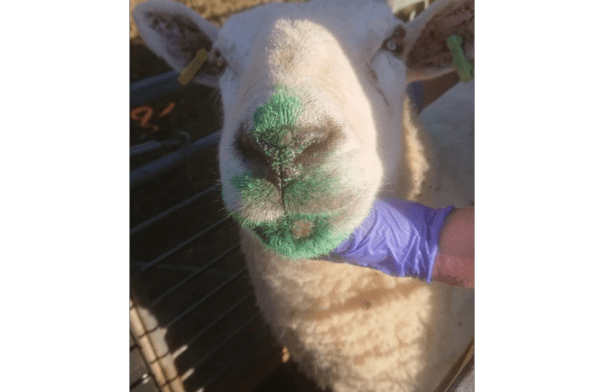
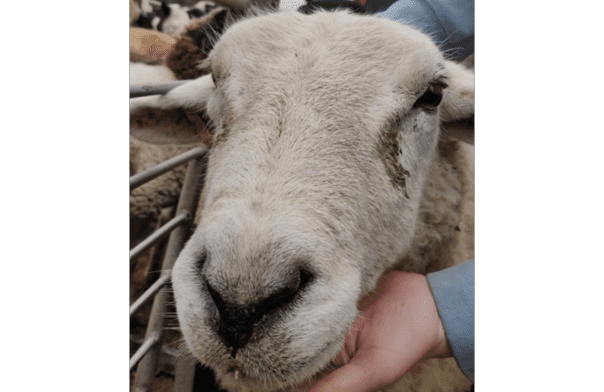
Top Tips for Gel Barriers:
- Dry the site before use – Ambugreen sticks best to a dry site
- Don’t use too much – aim for a 3 mm thick layer, excess product will delay the time it takes to dry and reduce the benefit of the product (start with a pea sized blob and spread it – easier to add more than take it off!)
- Don’t worry about removal – it will naturally biodegrade and flake off over time without a trace! If you need to add more product then apply new product over old.
Find out more about Ambugreen here…
